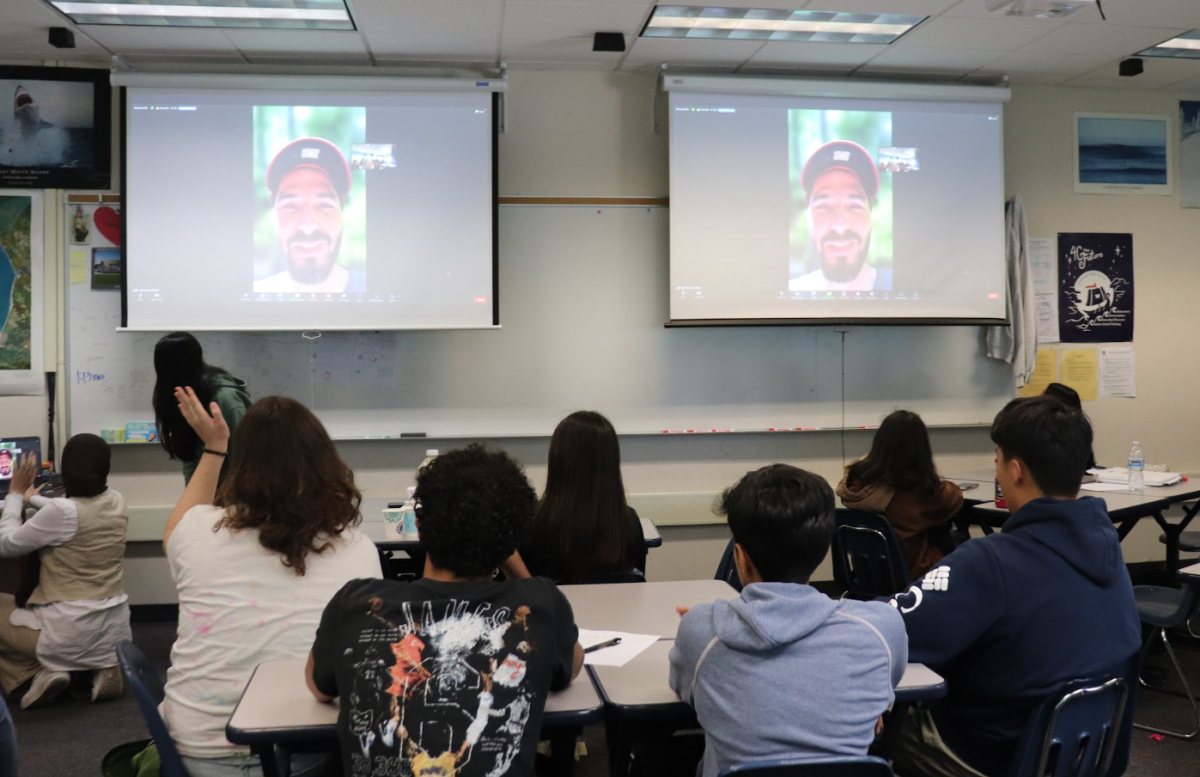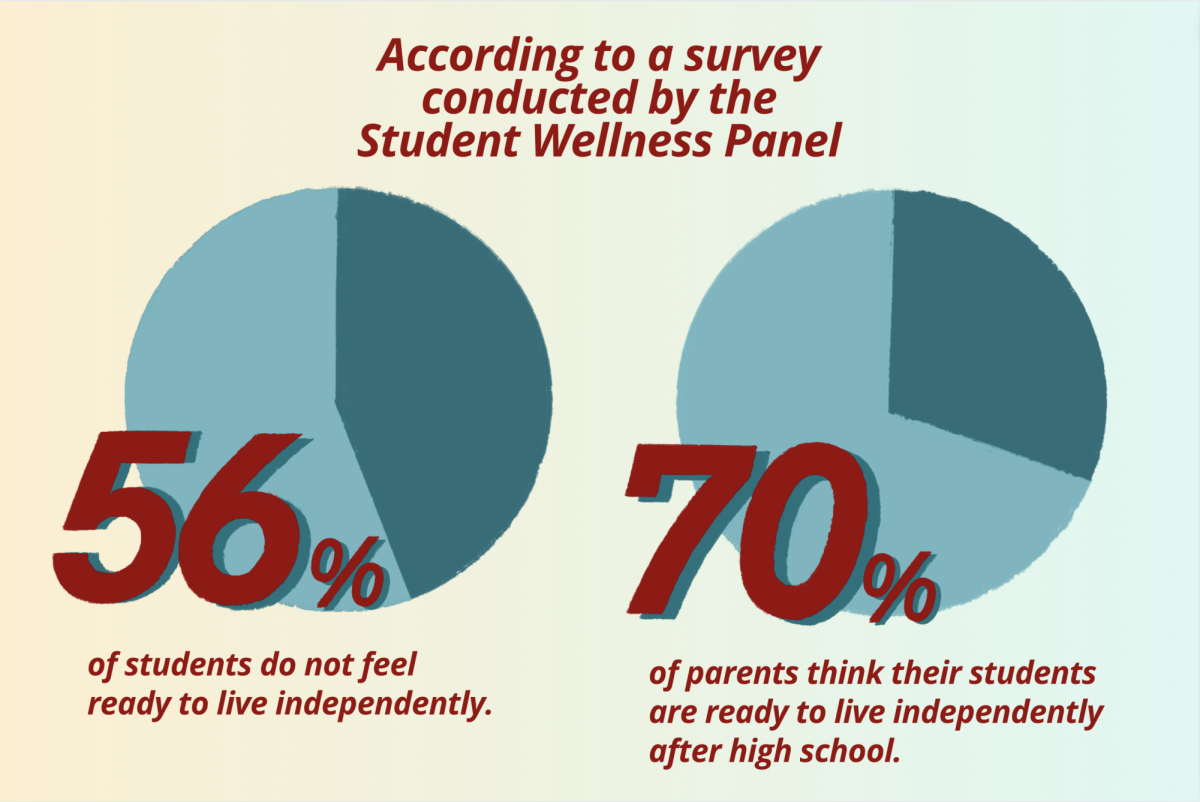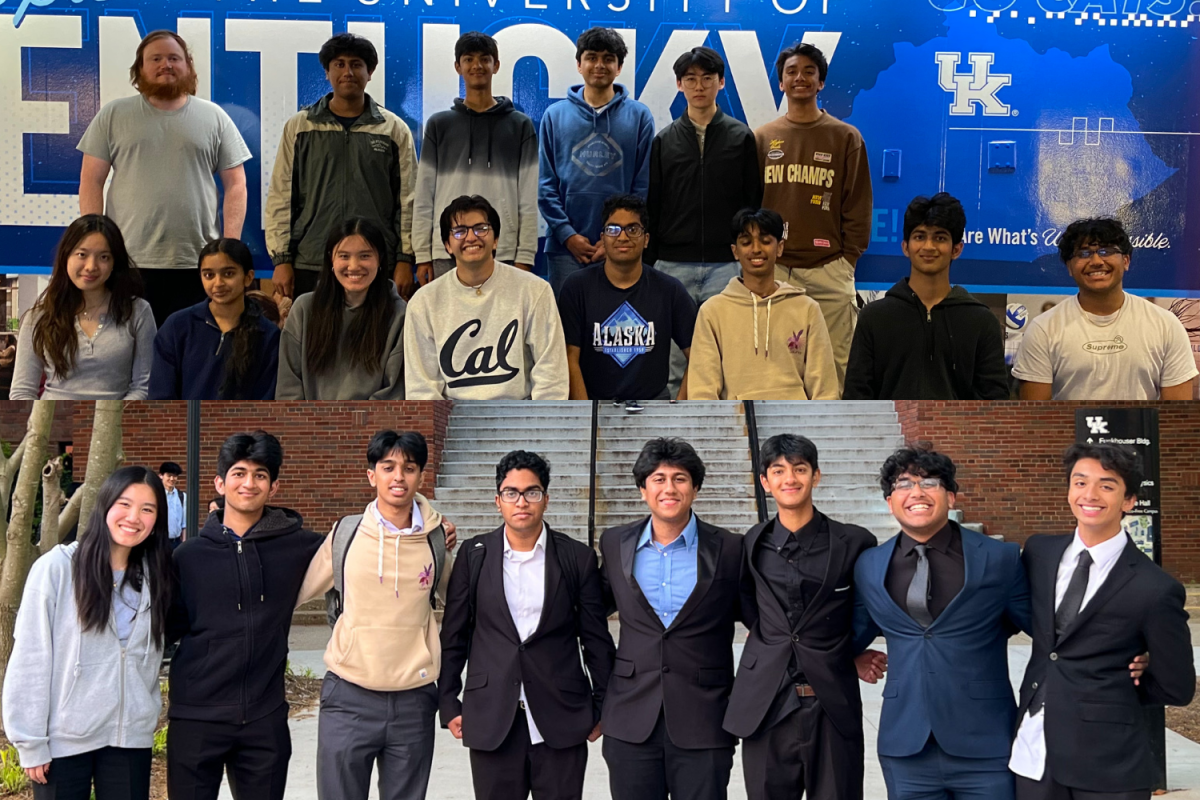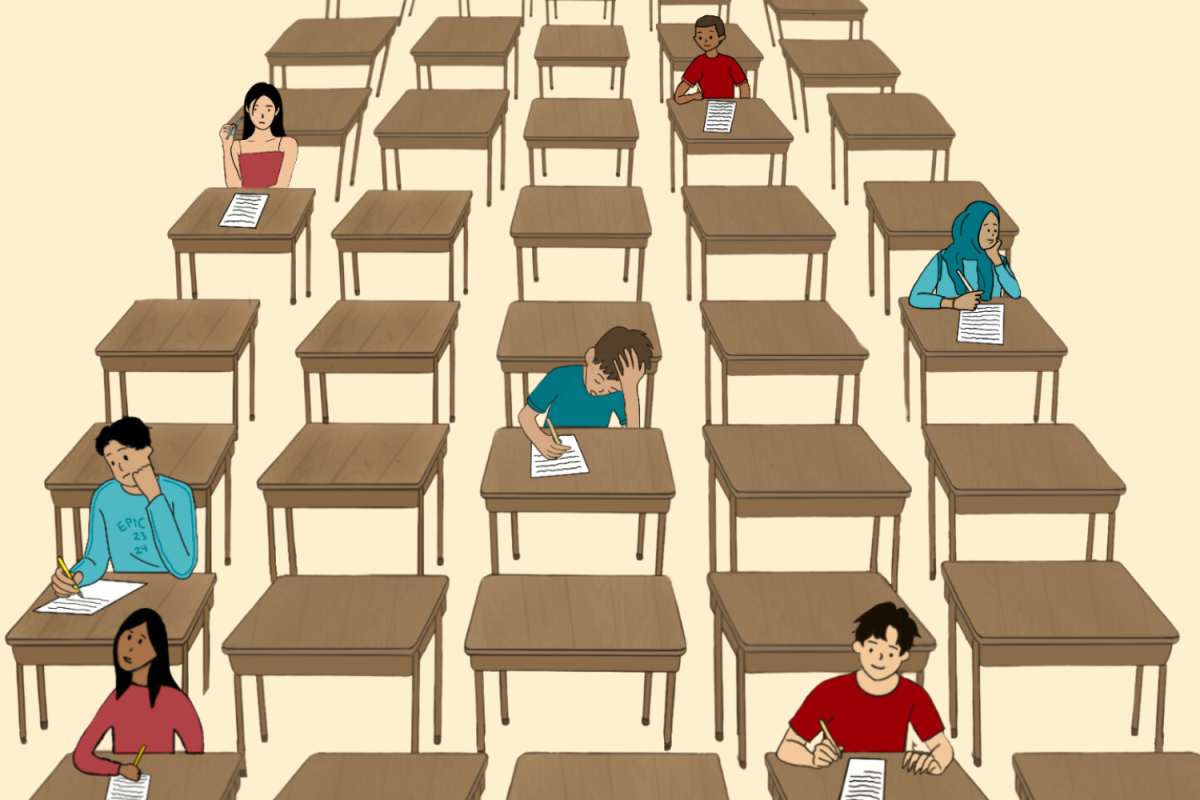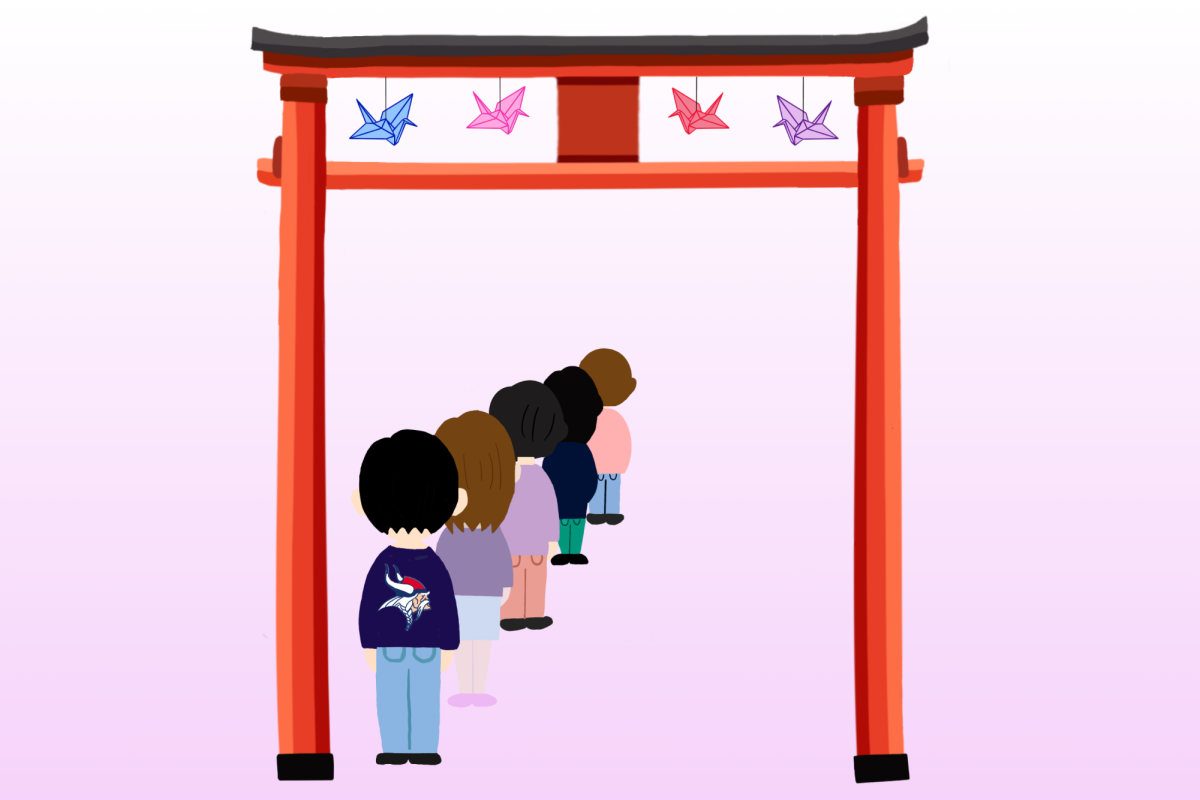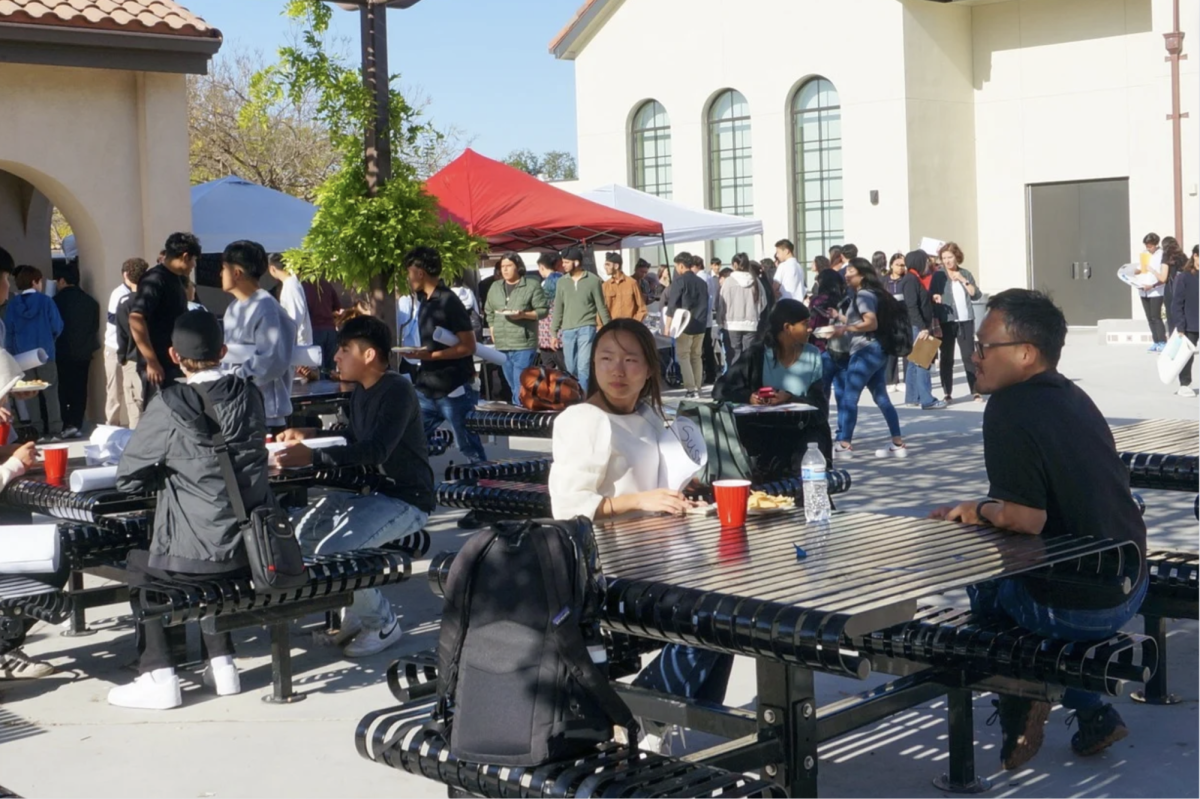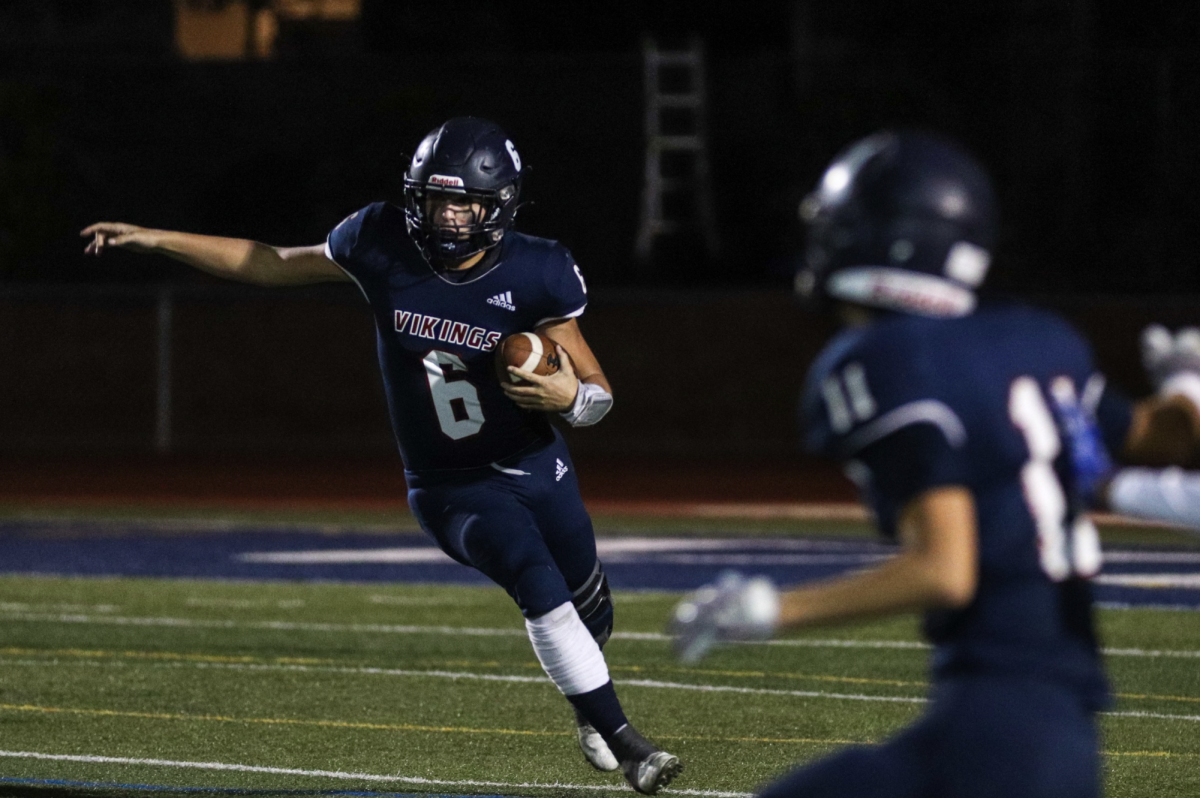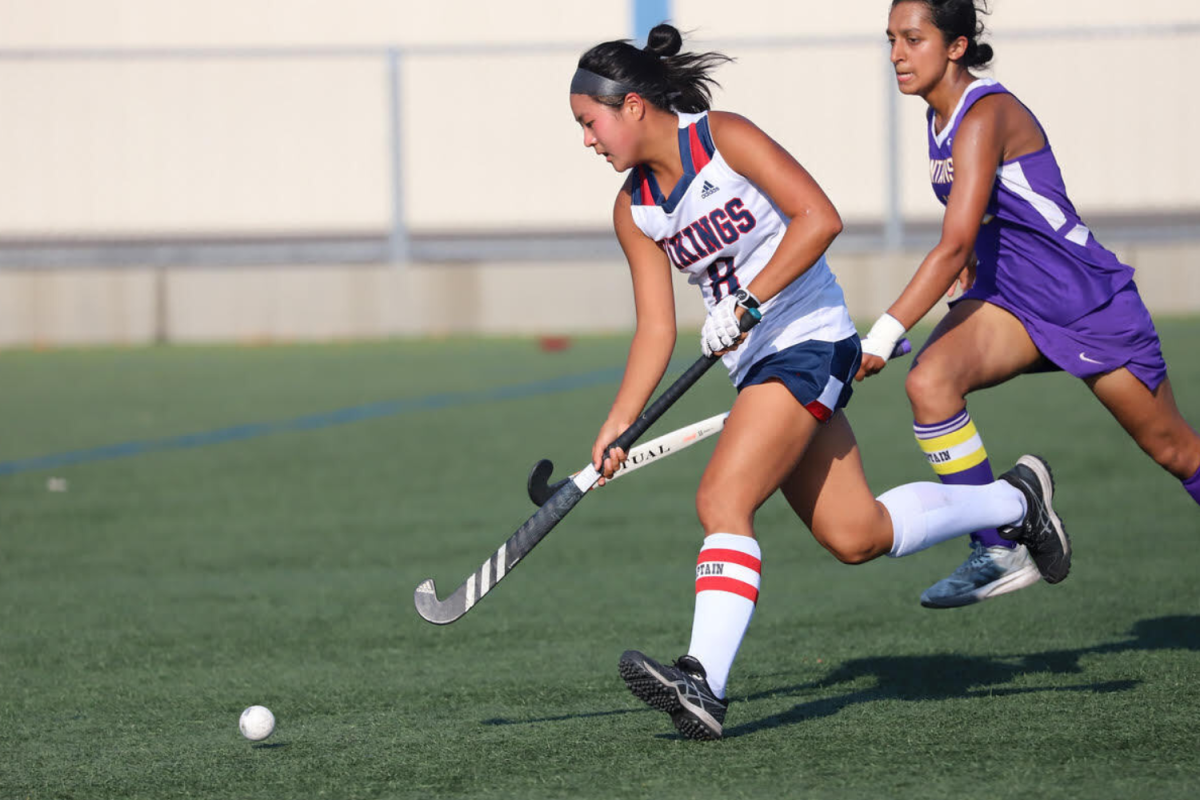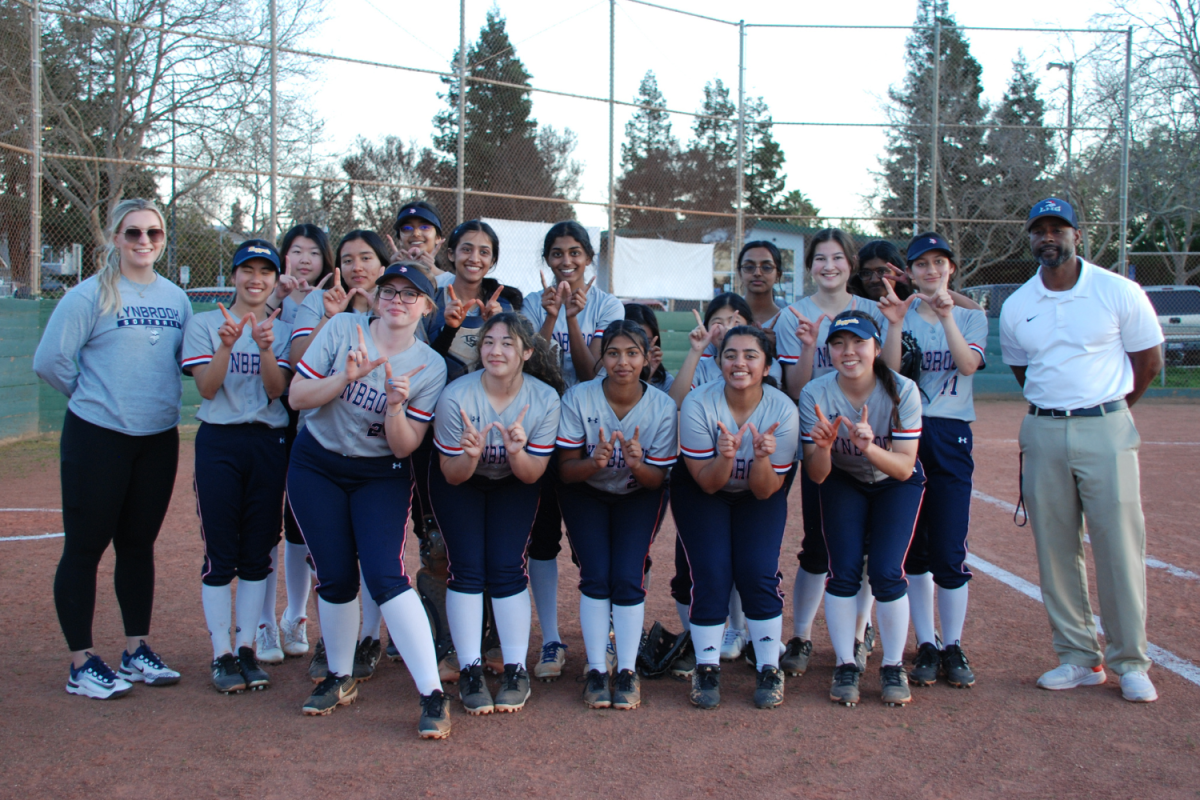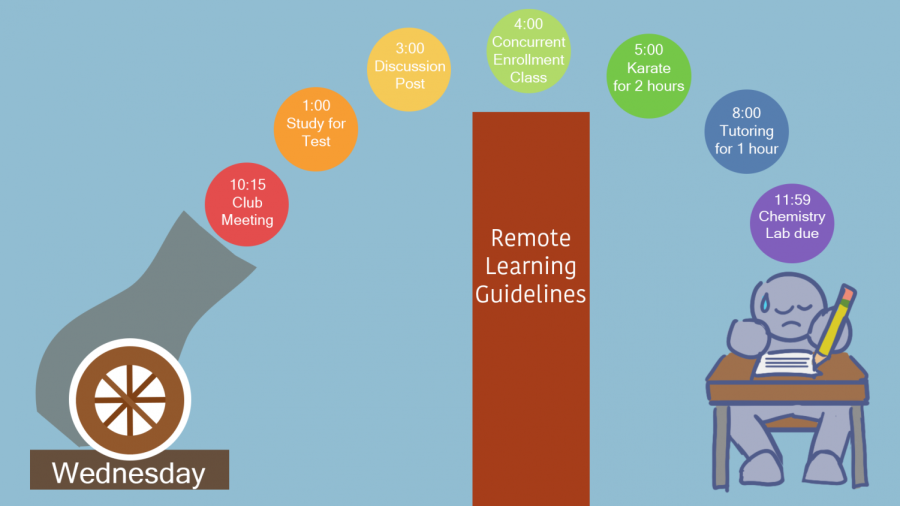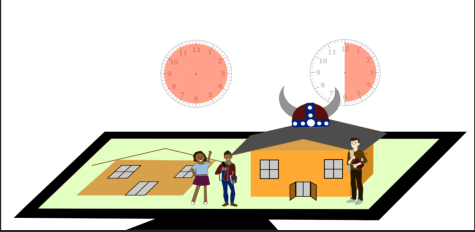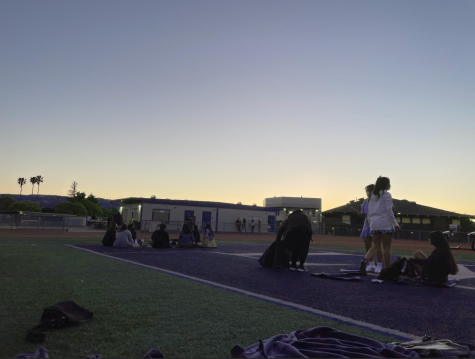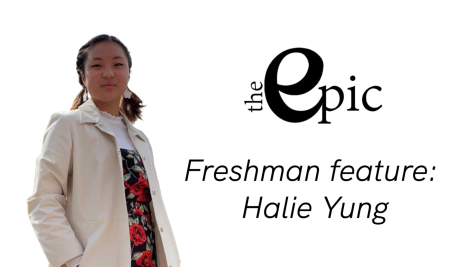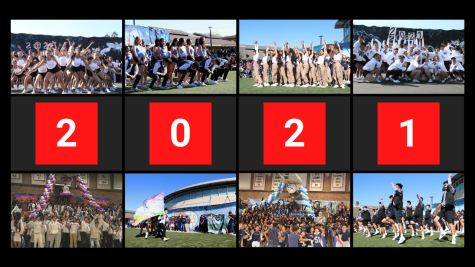Editorial: Guidelines on Wednesdays, deadlines, class time necessary for remote learning
Graphic illustration by Elliu Huang and Youqi Huang
Students are swamped on Wednesdays with homework, extracurricular activities and club meetings.
October 7, 2020
Students and teachers alike have struggled to adapt to remote learning. To support students, a school-wide set of guidelines to clarify the expectations of Wednesday asynchronous time would help students, parents and teachers understand its necessity and have direct, positive effects on learning.
Consistent policies and a unified deadline within Professional Learning Communities (PLCs) — groups composed of teachers who teach the same course — would be key to avoid overloading students and help to alleviate student stress.
On Wednesdays, students first meet in their homeroom for an hour to go over school-wide announcements and are afforded asynchronous time for the rest of the day to dedicate as they see fit. According to instructions given to teachers, students may choose to use this time to engage in club or extracurricular activities, work on group projects or have individual homework or studying time. Additionally, it can serve as a time when teachers make appointments with students to assist them with their learning. Many teachers may also have school meetings during this time.
Wednesdays present a potential opportunity for students and teachers to get a break from Zoom and their screens due to the absence of synchronous instruction. However, asynchronous Wednesdays often become another time for students to complete extra homework assigned that day or for teachers to have extra meetings. This prevents both parties from receiving a substantial break from screens.
The influx of additional work on Wednesday is partially due to FUHSD’s decision to make the purpose of Wednesdays open to interpretation for teachers.
The consequences of this freedom surface when students are swamped with work due to lack of communication among teachers assigning additional work and activities, who may view the day as their time to continue instruction. Sometimes, teachers may forget to tell students about additional assignments on Wednesdays in advance, throwing off students’ plans and interrupting a day meant for extracurricular activities and self-guided learning.
Some teachers, such as AP Spanish teacher Michael Esquivel, feel that it is unnecessary to give more work on Wednesday. Instead, he offers students an opportunity to catch up on homework or study for a test. The lightened workload means that teachers have to abandon projects and assignments that they worked hard to create.
“Sometimes it’s hard for teachers to let things go, especially assignments they’ve spent hours developing,” Esquivel said. “I’ve had to give up some projects and assignments because of remote education, but, at the end of the semester, I will have covered all of the important benchmarks and will feel good about the amount of homework I assigned.”
When planning the schedule, district administrators, school site administrators and teachers from all departments decided to incorporate this day of asynchronous time, expecting students to take responsibility for their education through what they choose to do with the day. Principal Maria Jackson, athletic director Jennifer Griffin and Esquivel were on the team that represented Lynbrook.
The asynchronous time on Wednesday was intended to be used for academic work, as well as for club officers, leaders in student organizations and teachers to meet and plan out activities.
“Wednesdays were designed with the recognition that remote teaching will take an inordinately large amount of time,” Associate Superintendent Tom Avvakumovits said. “We needed to increase the opportunities for teachers to meet, collaborate, plan and figure out how to best reach students, all while using a new platform: Schoology. ”
While this makes sense in theory, it often becomes difficult for student and teacher groups to take advantage of Wednesdays for meetings due to the myriad of responsibilities that they must set aside time for and take care of within the day. Although this asynchronous time was meant to give students breathing room, oftentimes that is not the case.
Students have many responsibilities they must take care of on Wednesdays. The day is not completely free for them to dedicate to catching up or getting ahead on assignments, which is something teachers must keep in mind as they assign work.
“Right after homeroom, I try to finish my math homework assigned on Wednesdays because it’s due at the end of the day,” junior Bhuvana Mukkamala said. “At 12 p.m., I have a club meeting then I have lunch. After, I work on half of my AP Biology homework due Friday because we usually get a lot. At 2 p.m., I have another club meeting until 3:30 p.m.. From 3:30 to 5:00 p.m., I take a break to do other things, like walking my dog. I usually do more Biology homework from 5 until 7 and I have karate class for an hour at 7:30 p.m.”
Parents were also given a chance to voice their opinions through representatives on the COVID-19 Task Force assembled in March 2020 as the district was developing the schedule. Parent representatives advocated for many of the key features present in the schedule, such as 180 minutes of instruction per class per week, office hours and increased synchronous instruction.
“As it stands, our 3 hours per week per class is toward the top end with respect to instructional minutes, significantly higher than the state mandate,” Avvakumovits said. “And, the fact that this is synchronous in nature further distinguishes our district. So finding the right balance of synchronous instruction, asynchronous learning and teacher planning time, in an unprecedented era is certainly challenging.”
Benefits of the 90-minute periods include longer periods of time for students to focus on one subject and time for teachers to incorporate longer lessons and activities. Classes with a fast-paced curriculum, such as AP Statistics and AP U.S. History, often spend all 90 minutes on instruction.
Other classes find themselves not needing the full 90 minutes for instruction. Teachers allocate long periods of time for students to complete course-related work, but assignments that could be completed asynchronously should not require students to be on Zoom. Even when students are allowed to turn off their cameras or leave the Zoom call, the expectation of staying productive throughout the class period by working on assignments online can cause serious screen fatigue and mental burnout for students.
It is crucial that assignments that can be completed asynchronously on the student’s own time are distinguished from work that is necessary to complete in class, such as tests or timed writings in order to reduce Zoom burnout and ensure that the time they spend on calls is productive. Some teachers already recognize this need and are moving to pre-recorded lectures or giving students the option to leave Zoom during the period when completing independent work, under the condition that they will stay productive on their own.
“One of the reasons we moved to video lectures this year was because I thought it was better to let students find a window where they didn’t feel as burnt out watching the lecture, as opposed to assuming that my class was always the best time for them to soak up the material,” AP Computer Science A (AP CS-A) teacher Bradley Fulk said.
For teachers trying to cover more content, class sometimes runs into the 15-minute passing period between classes. While the passing period is much longer than what students would experience during in-person school, a teacher spending an extra five minutes in the period leaves students with only 10 minutes to take a break from Zoom and their screens before they must hurry back to their next class, making it difficult for students to get a substantial, restful break throughout the day.
Another source of stress for students are assignment deadlines. At in-person school, classwork was due at the end of a period, and homework was turned in next time the class meets. Online learning gives teachers more flexibility with the deadlines they assign for both homework and classwork, but the lack of standardization among classes, and sometimes even within the class, can make it hard for students to keep track of the deadlines.
Deadlines in the afternoon present a challenge for students who are busy with extracurricular activities and are unable to start on their school work until later in the day. Deadlines set the night before class, such as at 8 p.m. or even 11:59 p.m., can be frustrating because they are too early for some students who require extra time. Students would appreciate the additional time and consistency afforded by deadlines right before class.
A standardized deadline would represent a big step in alleviating student stress and designating all work for all classes to be due at the start of class could be a potential solution.
Additionally, teachers who would like to cover more content and require asynchronous Wednesday for instruction or extra assignments can alleviate students’ stress by making the work due next class meets instead of at a time during asynchronous Wednesday.
As teachers continue to experiment with varying levels of student workload and methods of instruction in distance learning, communication within and across PLC groups can help support them and reduce their risk of overloading students in the process.
“Among staff, we have conversations about what the best practices are — like ‘if you’re planning to do this on Wednesday, make sure to keep in mind what would happen to the student if everyone else were to do the same thing,’” Fulk said. “There are a lot of teachers that have conversations with other teachers in order to share what they’re doing and see the bigger picture, as opposed to just the little island comprising their class.”
In addition, the school should set guidelines for PLCs to solicit regular feedback from students to facilitate regular communication between students. This can help teachers understand the intensity of their courses and make informed decisions about class policy, such as assignment due dates, workload or mode of instruction.
Most of all, students and teachers alike should remain understanding of each other. Distance learning is new for both parties, and they can only learn as they go. However, specific guidelines communicated on the purpose of Wednesdays and work submission deadlines from teachers will help reduce student stress, making the transition into distance learning easier for everyone.
*The Epic staff voted 38-0 in favor of this stance.

